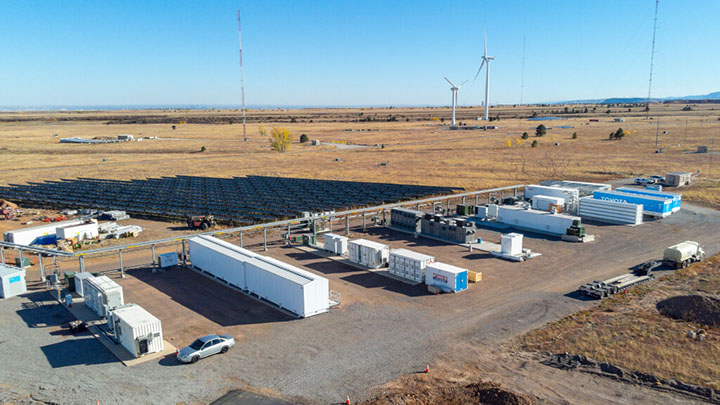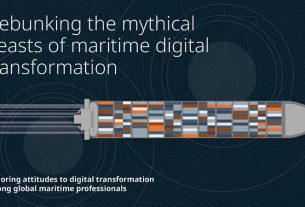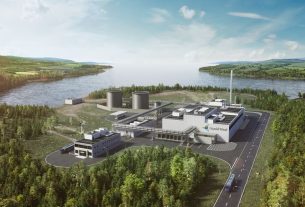United States – Researchers at the National Renewable Energy Laboratory (NREL) and the Idaho National Laboratory (INL) established a collaborative “SuperLab” to examine energy systems that don’t exist by connecting solar arrays, lithium-ion batteries, hydrogen electrolyzers, and nuclear reactors.
The DOE’s Energy Sciences Network was used to remotely connect energy assets at this unique power facility (ESnet). They showed that hybrid systems using renewable and nuclear energy can support the grid.
Virtual hybrid plant
SuperLab integrated energy grid and power generation simulations from two laboratories. The ARIES platform provides NREL (Golden, Colorado) with a solar array, battery storage system, hydrogen fuel electrolyzer, and programmable grid interface. Digital real-time simulators linked NREL and INL models and reactions.
The Human Systems Simulation Laboratory at INL (Idaho Falls, Idaho) prepared simulations of a tiny modular nuclear reactor and high-temperature electrolysis (HSSL).
Several dozen INL, NREL, and ESnet researchers prepared this SuperLab display for months. Almost 60 energy professionals, including national lab representatives and DOE personnel from the Offices of Science, Nuclear Energy, and Energy Efficiency and Renewable Energy, attended the demonstration.
Nuclear-renewable hybrid
SuperLab showed that nuclear power and renewables could power the electric grid together. Nuclear reactors provide consistent baseload power but cannot swiftly adjust to demand variations. Wind and solar power are intermittent but not dispatchable. They stabilize power during sudden demand or weather fluctuations. Hydrogen electrolyzers and thermal batteries stored excess power for a multifunctional design.
The hybrid plant performed as expected during the demonstration. First, they simulated a cloud-induced solar power loss, and the nuclear reactor supported grid demand. After simulating a storm knocking out neighborhood power lines, the nuclear reactor reduced its grid power and increased hydrogen production and storage. These scenarios give engineers a baseline and high-quality operational data for hybrid renewables-nuclear systems for a reliable power grid.
Another SuperLab
The January demonstration advanced hybrid power plants and ESnet, SuperLab’s network backbone. This was one of numerous demonstrations using ESnet to connect megawatts of power devices. Eight labs connected through VPN for the first demo in 2017. It proved the principle, but fluctuating latency made cosimulation of power signals requiring millisecond sensitivity challenging.
ESnet6, with increased data capacity, real-time data visualization, and additional automation and cybersecurity technologies, was unveiled in January to researchers. It enhances a remarkable scientific platform that has built since 1986.
The renewable-nuclear hybrid demo gave ESnet a template for similar experiments. Since NREL, INL, and other labs have proven their SuperLab connections, the next experiment is underway.
The next SuperLab demonstration will replicate a national-scale crisis across eight national laboratories to test resilience and push limitations. A big hurricane or cyberattack on a distributed energy grid will be studied by the researchers. The 2017 demo used 80 devices, whereas the late 2023 demo will use 10,000.




